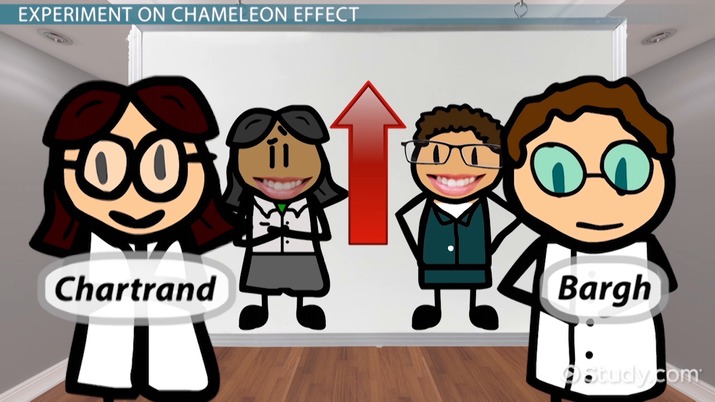
Title: Exploring the Unconscious Mind: An In-Depth Look at John Bargh’s “Before You Know It”
John Bargh’s 2017 publication, Before You Know It: The Unconscious Reasons We Do What We Do, offers an engaging investigation into one of psychology’s most captivating subjects: the unconscious mind. A leading figure in social psychology, Bargh has dedicated his career to examining how invisible forces steer our intentions and actions. His notable reputation is largely due to captivating experiments that appear to illustrate how minor environmental hints—or “primes”—can unconsciously sway behavior.
The book serves as a comprehensive journey through years of Bargh’s studies, interlaced with personal stories and broader musings on the essence of human conduct. Bargh writes with passion and clarity, providing a comprehensive yet approachable narrative that engages with psychological experiments, cognitive science, evolutionary theory, and even popular culture. It places social psychology within a multidisciplinary context, referencing thinkers from Darwin and Skinner to Freud. For those not well-versed in psychological literature, this work serves as an intriguing introduction to the concept that our actions are frequently influenced by factors beyond our conscious awareness.
Among the well-known studies featured is the now-famous “elderly priming” experiment, where participants exposed to words linked with aging (e.g., “Florida”, “wrinkle”) were seen to walk more slowly afterward. Another instance illustrates how physically holding a hot beverage can affect how warmly one perceives another individual. These illustrations highlight Bargh’s ability to create visually striking, memorable experiments that appear to reveal the far-reaching impact of the unconscious.
Nonetheless, there exists another aspect of Bargh’s legacy that the book does not sufficiently explore: the replication crisis in psychology, particularly regarding “social priming.” This crisis has resulted in numerous high-profile studies, including some conducted by Bargh, failing to replicate when examined by independent scholars. While scientific scrutiny is not uncommon, what stands out in this book is its lack of response in this context. No direct counterarguments, clarifications, or reflections on this criticism appear within its pages. This absence is perplexing, especially considering how central Bargh’s discoveries have been to the ongoing debate about the dependability of psychological science.
Moreover, one of the book’s conceptual limitations is Bargh’s broad application of the term “unconscious.” In his framework, “unconscious” seems to refer to nearly everything we are not actively contemplating. For example, if we cannot entirely articulate the rationale behind our actions, Bargh might label this as an instance of unconscious influence. However, critics have noted that this definition may become so expansive that it loses significant explanatory power. If “unconscious” merely indicates “not currently vocalized,” then almost all human behavior can be described in this manner, rendering the term less theoretically meaningful.
Regarding the book’s organization, Bargh’s personal insights add a welcome human element—brief reflections on family, music, and his experiences as a researcher are sprinkled throughout. However, these insights often seem underdeveloped. Stories, such as the brief mention of his future wife at a diner, are presented but not examined. Deeper reflection on being a researcher under scrutiny, adjusting to the evolving standards of academic psychology, or engaging with critics could have provided valuable richness to the narrative.
Despite these criticisms, Before You Know It remains an approachable starting point for readers intrigued by the relationship between our surroundings, our minds, and our behaviors. Bargh’s storytelling is engaging, and his career merits attention. However, for the book to act as a definitive overview of the unconscious in human behavior, it needed to engage more thoroughly with alternative theories, methodological critiques, and the wider scientific discourse surrounding psychological replication.
In conclusion, Bargh’s book is less a rigorous scientific manifesto and more a curated showcase of ideas concerning how hidden mental processes influence our lives. For general readers, especially those unacquainted with the nuanced discussions of academic psychology, it is an entertaining and occasionally enlightening read. For researchers or those seeking a critical exploration of the unconscious mind’s contribution to behavior, it may come across as a missed opportunity—one that, paradoxically, Bargh himself may not have completely anticipated.